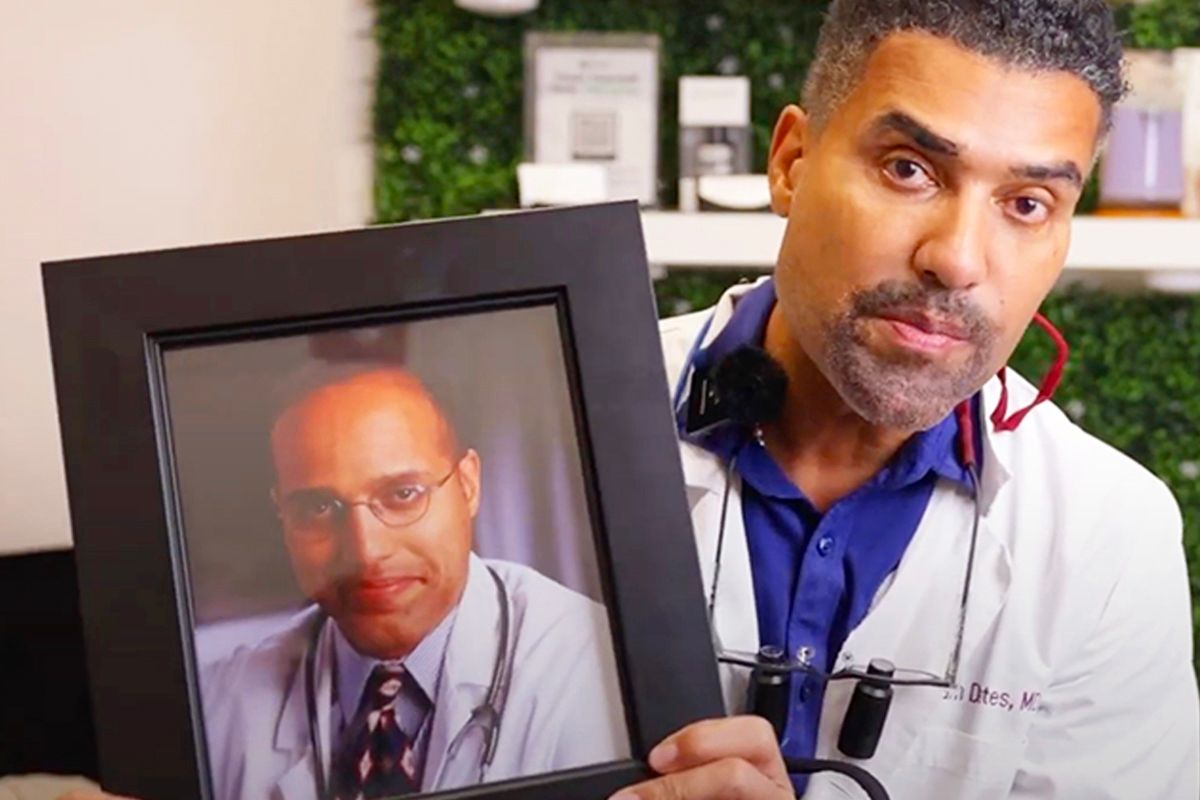



Are you gearing up for a hair restoration surgery soon? You might have a lot on your mind about the procedure. But among all those thoughts, most ponder over one question: does a hair transplant hurt?
According to most clients, the procedure is usually painless. But what happens after may vary based on a few things.
Keep reading to learn more about why it happens and what to expect for the days to come.
Generally, a hair transplant will not hurt during the procedure. It’s because surgeons will give their patients a general anesthetic to ease them of any possible discomfort during the process. In some cases, you can also request sedation if you prefer to be asleep throughout.
Aside from this, your pain tolerance and the type of procedure you get are a few other factors that can affect how painful the treatment will be. Either way, you will likely experience no pain during the actual procedure but gradually as the anesthetic wears off.
Keep in mind feeling no pain doesn’t necessarily mean you won’t feel anything at all. You might still feel pressure and movement on your scalp, so you want to expect this sensation to keep you from feeling worried during the procedure.
Before you get a hair transplant, many recommend understanding the procedure based on your options. This way, you can get an idea of how they will work on your hair and set the right expectations on the big day.
Here are the two most common techniques and how they work:
Follicular Unit Transplantation
The goal of a hair transplant is to move follicles from thicker parts of your hair to the thinner areas. This way, it promotes a sort of balance between the thickness of your hair.
With the FUt technique, your surgeon will take off a part of your scalp with grafts. Those hair follicles will then be implanted into the bald or thinning areas of your scalp.
Note that it
may cause scarring since the harvest and surgical areas require incisions. You might also need to get a follow-up appointment to get your stitches removed.
Because of this, you can expect the after-effects of FUT to hurt more than FUE. Moreover, the recovery period may take a while, from days to weeks depending on how many grafts you need.
FUE works similarly to FUT but in a less invasive way. This is because it uses a different tool that doesn’t require big incisions. Instead, it takes out only the hair follicles from the donor area and places them onto the needed parts in the same manner.
While it’s not a scarproof method, it reduces the risk of having them visible, making them ideal for people who want them less visible. However, it requires you to have enough grafts to harvest.
Either way, FUE usually heals faster and allows you to enjoy results that look more natural, among
other excellent benefits.
While the hair transplant procedure is often painless, it’s a different case once the anesthetic wears off. You will gradually feel pain in the surgical sites, but it won’t be anything intolerable.
At most, you can expect mild discomfort because of the healing process. Still, you might feel more pain if you have low pain tolerance. If anything feels severe or unusual, you should get in touch with your surgeon as soon as possible.
Additionally, here’s what you can expect after your treatment:
You will feel the most pain right after your surgery, once the anesthetic loses its effects. Most describe the pain as a stinging sensation, particularly in the surgical areas.
Painkillers can help alleviate the discomfort but it may last for a few days after your surgery. Moreover, you might experience mild pain in your neck and head area.
Keep in mind that following the aftercare instructions provided by your doctor will help speed up the healing process and aid the pain sooner. A few typical guidelines include the following:
Most individuals feel more comfortable after a week. If you get FUE, you usually won’t feel any discomfort or pain anymore. With FUT, it should feel mild and more tolerable.
If you have low pain tolerance, you might still feel bits of pain and discomfort but it should be better than the first time.
Despite these, you should remember that your scalp is the most sensitive during these times. So, you might feel sudden itching and stinging on the surgical sites.
To prevent further damage, you want to follow your doctor’s aftercare instructions until this passes. This way, you can ensure proper recovery.
The time it takes for your hair transplant to heal will vary based on different factors. One of them includes the type of procedure you have.
FUE scars usually heal within a week or so. On the other hand, FUT scars take weeks to months to fully heal. But in most cases, the marks stay permanently.
Either way, full recovery from the surgery will take you anywhere from six to twelve months. It also takes this long before you start seeing noticeable changes.
Because of the nature of the procedure, it’s only natural to wonder, does a hair transplant hurt? Since surgeons give you an anesthetic before starting, you won’t feel any pain during the procedure. Still, you might feel the pressure and movement as they go over your scalp.
When the anesthetic wears off, you can expect to start feeling different levels of pain, but remember it’s mostly temporary. It may hurt the most right after the surgery but can be relieved with painkillers. In a week, you should be experiencing mild levels of discomfort and be able to tolerate it better.



Ready to love your hair? Call 312.883.9617 for a FREE quote & consultation or fill out the form below
OUR LOCATION
213 N. Stetson Ave
Chicago, IL 60601
HOURS
Copyright ©2025 Dr. Yates Hair Science | All Rights Reserved
Powered by HEAVY LEVITY